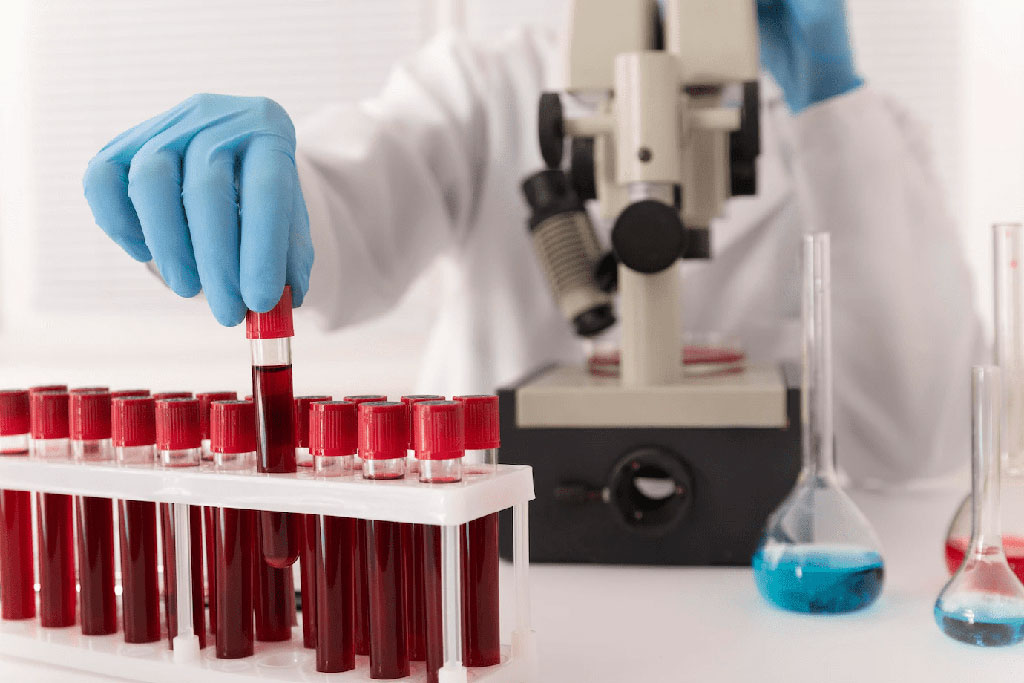Global Hemoglobin A1c Testing Devices Market Driven by Rising Prevalence of Diabetes
Posted on 06 Jun 2023
Hemoglobin A1c (HbA1c), or glycated hemoglobin, refers to hemoglobin with glucose attached. HbA1c testing devices are used for blood tests that determine average blood glucose, or blood sugar levels. These tests are essential in identifying type 1, type 2, and pre-diabetes, as well as managing ongoing diabetes. For diabetic individuals, monitoring HbA1c levels in the blood aids in the long-term tracking of blood glucose levels. The rising prevalence of diabetes and other lifestyle diseases is expected to drive the growth of the HbA1c testing devices market. Additionally, increased focus on preventive care and greater accuracy of HbA1c testing devices in diagnosing diabetes are expected to further contribute to market growth. However, the elevated cost of HbA1c laboratory testing may inhibit this growth. Hence, the global HbA1c testing devices market is projected to expand at a CAGR of 10.3%, from USD 1.72 billion in 2023 to USD 2.56 billion in 2027.
These are the latest findings of Research and Markets (Dublin, Ireland), a provider of market research reports and data.

The two main types of HbA1c testing devices are benchtop and handheld devices. Benchtop HbA1c testing devices, designed for ease of use on a laboratory bench, are utilized in laboratories to test patients' blood sugar levels. The advancement of HbA1c testing devices, such as point-of-care testing (POCT) and handheld devices, has simplified diabetes monitoring for both patients and healthcare professionals. These devices provide speedy and precise results, reducing reliance on conventional lab-based testing. The HbA1c testing devices market consists of automated, semi-automated, and bio-sensor-based instruments. The advent of cost-effective HbA1c tests and devices is expected to propel market growth. Various methods used to measure HbA1c include ion-exchange chromatography, electrophoretic methods, mass spectroscopy, reversed-phase HPLC, and electrospray iontophoresis, employed in hospitals, pharmaceuticals, medical devices, and laboratory testing.
The high rate of undiagnosed diabetes in emerging economies presents promising growth opportunities for the HbA1c testing devices market. Regionally, North America dominated the global HbA1c testing devices market in 2022. The growth of the HbA1c testing devices market in Europe is expected to be driven by increased product awareness and higher adoption of tests in countries such as Germany, France, and the UK. However, Asia-Pacific is projected to be the fastest-growing market for HbA1c testing devices during the forecast period, due to the evolving healthcare infrastructure in countries like China and India, as well as the rapidly rising incidence of diabetes in the region.
Related Links:
Research and Markets














